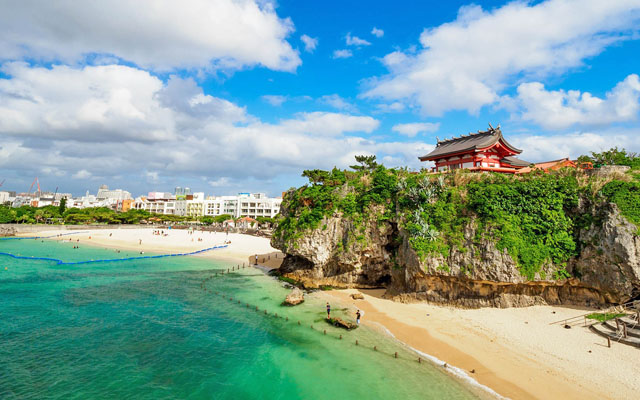Disaster preparedness services and tourism sectors could become more interconnected in Japan amid growing awareness of facilities that serve a dual purpose: as sightseeing spots and, during emergencies, assembly points.
Interest is rising in the new approach, fuelled by the 60 to 95 per cent probability of a magnitude 8 to 9 earthquake along the Nankai Trough within the next 30 years, according to Japan’s Earthquake Research Committee.

Combining disaster preparedness and tourism could ease travellers’ concerns, especially when a recent megaquake prediction led to an estimated 560 billion yen (US$3.7 billion) in economic losses for Japan.
The concept is particularly utilised in more remote regions, including by developing tourism products at evacuation centres or new dual-purpose facilities.
In rural Okayama, a campsite that also serves as an emergency shelter was recognised at this year’s Japan Tourism Awards while in rural Hokkaido, a municipal complex houses a birdwatching station, café and disaster prevention hub.
A roadside rest area in Naruto, Tokushima Prefecture, attracts 1.3 million visitors and generates two billion yen in sales annually while acting as an assembly hub during disasters.
Tokyo-based Goodman Services has launched tours where tourists can enjoy experiences at dual-purpose facilities. The locations include the seven-story tsunami evacuation tower in Kochi Prefecture, where whale-watching is on offer, as well as Rokkosaki Lighthouse in Ishikawa Prefecture, which is both an evacuation station and an Industrial Heritage Site that provides scenic views of the coast.

















